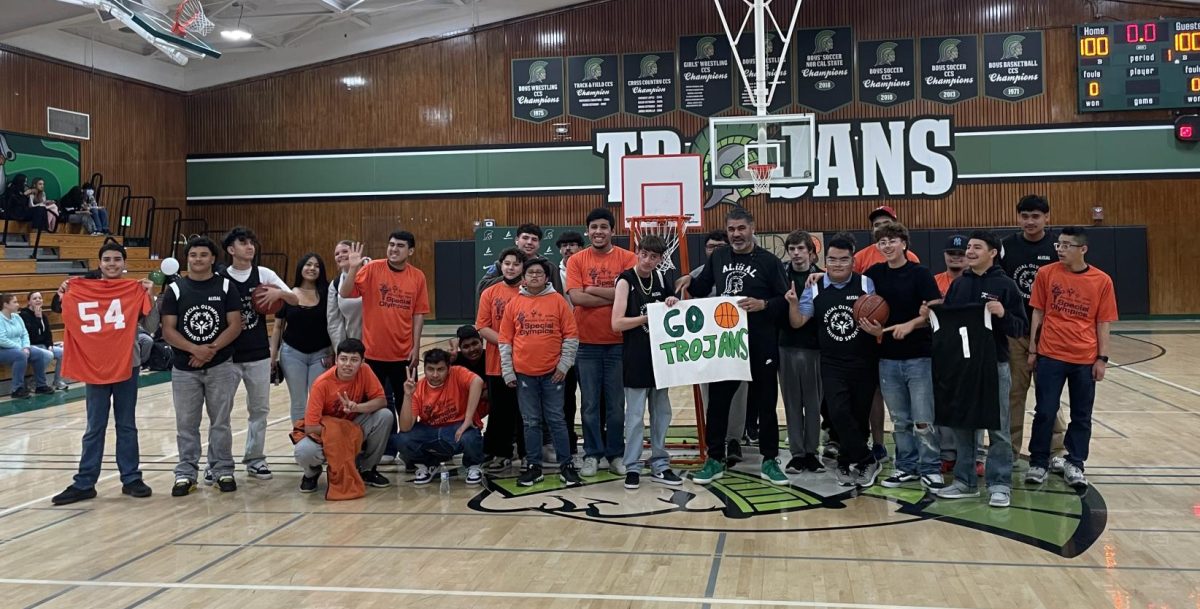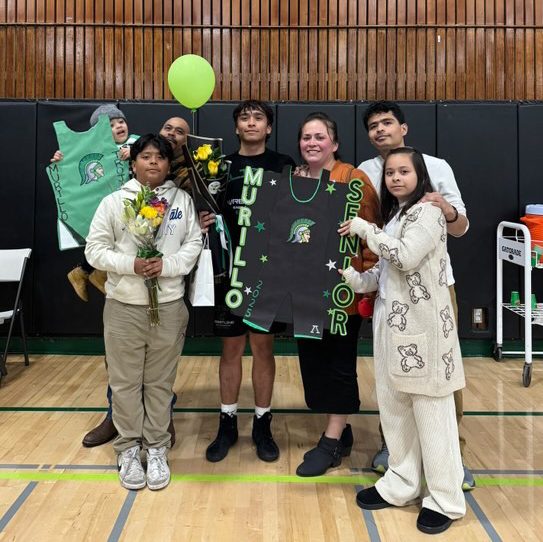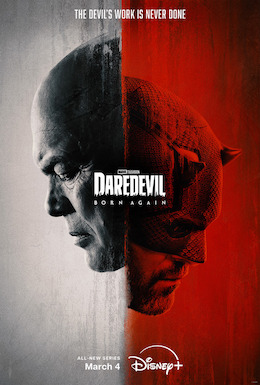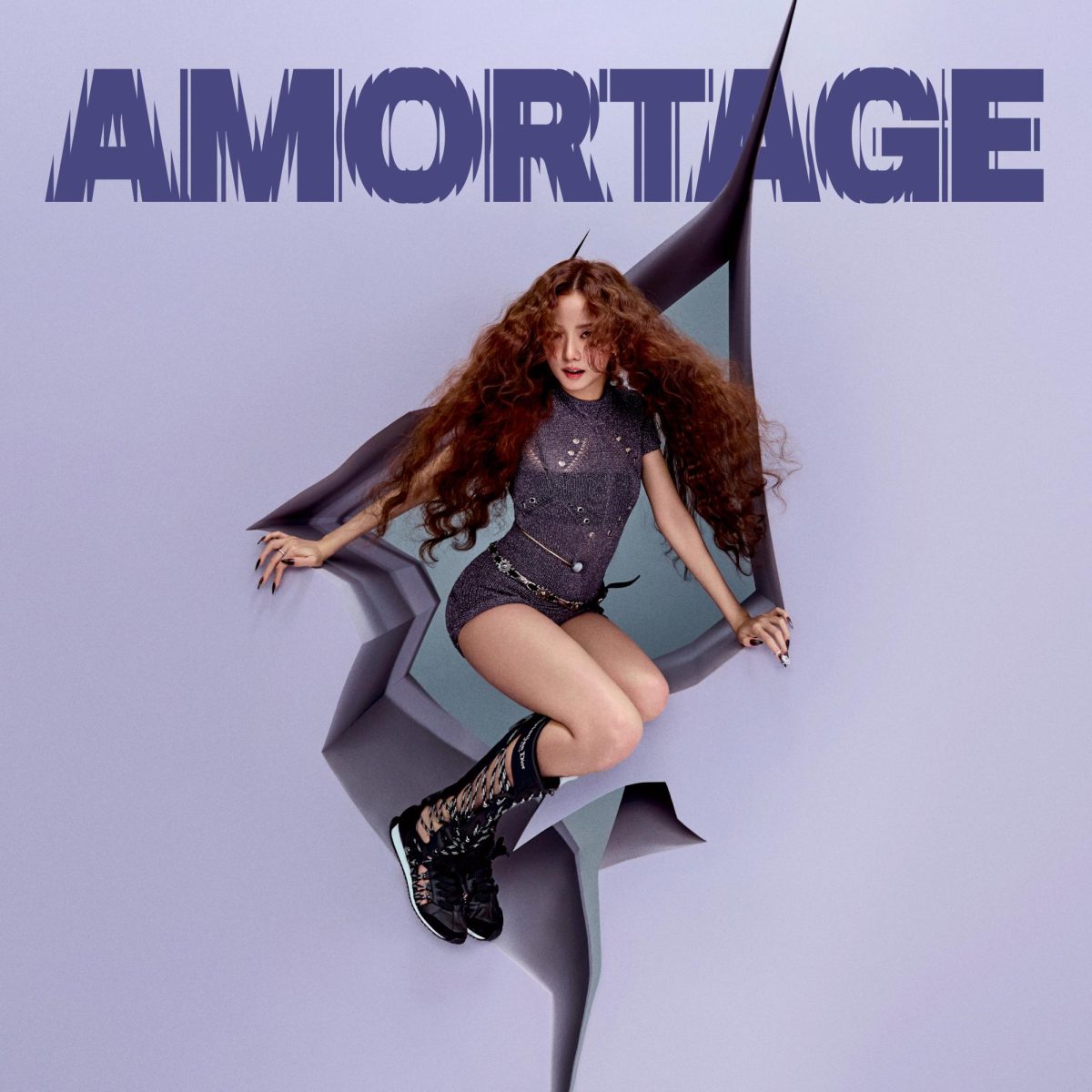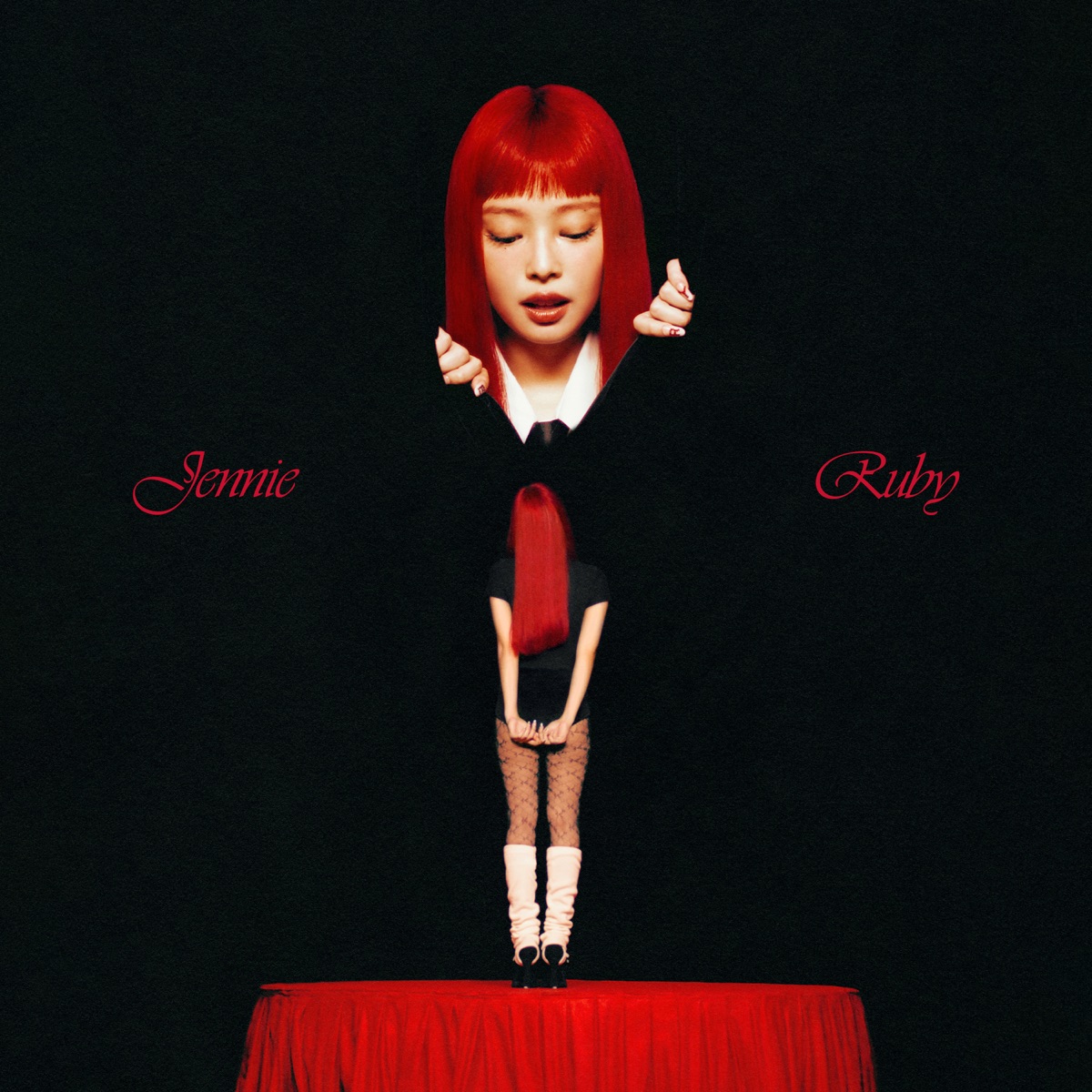While most people feel animation is for children, Japanese animator Hayao Miyazaki elevates the medium.
The Boy and the Heron is the 12th animated film directed by Hayao Miyazaki. Miyazaki is well known for his films – Spirited Away, Howl’s Moving Castle, and Princess Mononoke – which all touch on common themes of coping with the world, cultural boundaries, and what it means to be human. The movie’s plot deals with the significance of hope in dealing with change in childhood.
At both the Golden Globes and Oscars The Boy and the Heron received the award for Animated Feature Film.
I had positive expectations because I grew up watching Studio Ghibli movies which have a personal message in their work through the themes of Japanese history, family, friendship, and love. Another factor that increased my curiosity was capturing a realistic timeline in history and a parallel universe that brings a unique tale of a boy growing up surrounded by war and fear.
The Boy and the Heron follows a young boy named Mahito Maki who struggles to fit in the countryside after the death of his mother. During his stay, he encounters a gray heron who mentions that his mother is still alive by entering the abandoned tower in search of her taking him to another world.
The casting has a unique selection of voice actors with the lead role being Luca Padovan as Mahito, Robert Pattinson as the heron, Christian Bale well known for his previous role in Howl’s Moving Castle as Howl returns as a supporting character as Mahito’s father, Gemma Chan as Mahito’s stepmom Natsuko, Florence Pugh as Kiriko one of the maids for Natsuko’s estate, Karen Fukuhara as Lady Himi from the surreal adventure, Mark Hamill as Granduncle who was an architect, Willem Dafoe as the noble Pelican, and Dave Bautista as the antagonist, The Parakeet King.
What makes Miyazaki’s work special from other animated features is spotlighting real-time events that influence a person and the 2D animation style that makes the movies nostalgic.
Most of Miyazaki’s work centers on the representation of everyday life in Japanese cultures such as locations, family, foods, and social harmony. He isn’t afraid of showcasing elements of war and violence in some of his films since they influenced his childhood during World War II, reflecting on the themes mainly presented where young children face grief in the presence of reality and trying to maintain their innocence. When it comes to animation, I admire the texture of hand-drawn animations from a range of simple designs to over-detailed backgrounds placed from watercolors where each frame enhances its textures.
The soundtrack by music director Joe Hisaishi which presents an orchestra and instrumentals increasing the story by tone and feeling, added to my overall enjoyment of the film. The music strengthens by creating a view of both worlds (real and fantasy) of the situation balancing harmonies, and space notes are beautifully presented to give a relaxing feeling after the intense scenes such as the invasion of the Pelicans, the chase of the Parakeets, and the collapse of the surreal world.
The songs have an insight into the character’s society and thoughts particularly the harmonies being played for Mahito through piano notes embracing the deep emotions of his personal life. What ties the movie together is the lead single “Spinning Globe” by Japanese songwriter Kenshi Yonezu, which plays during the closing credits.
When reading the subtitles and listening to the song, it had a deep message on learning to live on while desperately aching for something that a person misses and when the darkness of reality impacts you, don’t suffer within it or escape it instead, seek out the light by rising above with the lyrics translating, “I catch the wind and start running, overcoming the rubble. At the end of this road, someone is waiting for me. Dream of light shining through, at any day of the week.”
I watched the movie twice, in Spanish and English, and once in theaters. It was an engaging experience from beginning to end. I’ll rate it 10/10. It is expected that the movie will be available in summer at the earliest through Max, Amazon Prime, Netflix, and pre-order on Apple TV.
Whether you enjoy Miyazaki’s work or not, anyone can connect with the movie and its characters. Besides this movie, I recommend Nausicaä of the Valley of the Wind, Princess Mononoke, Spirited Away, Castle in the Sky, and Howl’s Moving Castle.

